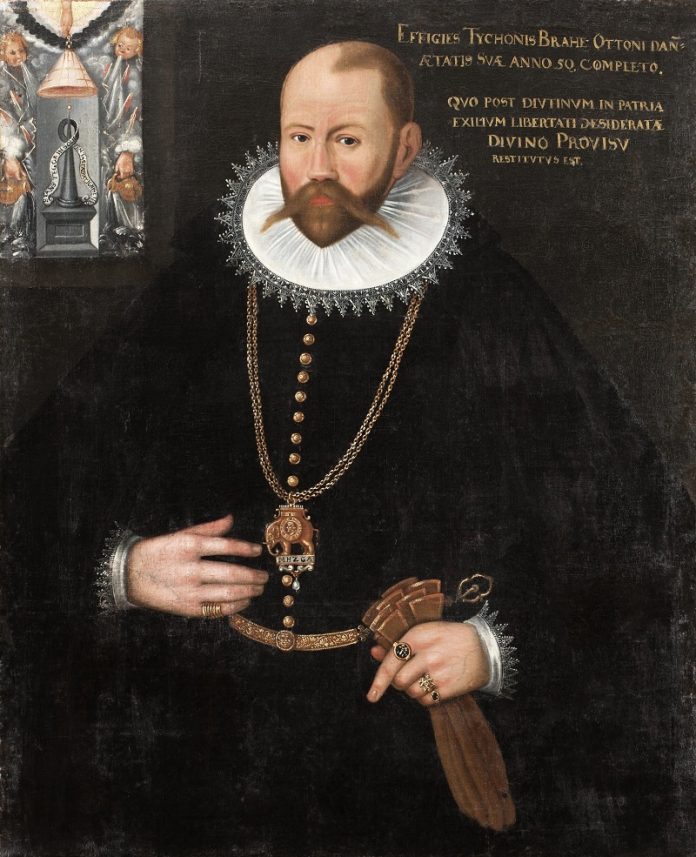
In the Middle Ages, alchemists were secretive, and Danish astronomer Tycho Brahe was no exception.
He lived on the island of Ven (now part of Sweden) in a grand residence and observatory called Uraniborg, where he also had an alchemy lab.
Alchemy, an early form of chemistry, was practiced with the goal of transforming substances and finding cures for diseases.
Despite Brahe’s notable work in astronomy, little was known about his alchemical experiments.
Uraniborg was demolished after Brahe’s death in 1601, and most of its materials were reused. However, during an excavation between 1988 and 1990, archaeologists found pottery and glass shards believed to be from Brahe’s lab.
Recently, five of these shards underwent chemical analysis to uncover the elements they had come into contact with.
Professor Kaare Lund Rasmussen from the University of Southern Denmark led the chemical analyses, while senior researcher Poul Grinder-Hansen from the National Museum of Denmark helped place these findings in historical context.
The results showed enriched levels of several elements on four of the five shards, indicating their use in alchemical experiments.
The enriched elements included nickel, copper, zinc, tin, antimony, tungsten, gold, mercury, and lead.
Gold and mercury were known to be used in treatments for various diseases among the wealthy. However, the presence of tungsten was surprising. Tungsten was first identified and isolated over 180 years later by Swedish chemist Carl Wilhelm Scheele.
Professor Lund Rasmussen speculated that Brahe might have unknowingly processed minerals containing tungsten in his lab.
There is also a possibility that Brahe might have heard of “Wolfram” (later known as tungsten), a problematic substance in tin ore described by German mineralogist Georgius Agricola in the early 1500s. However, this remains speculative.
Brahe followed the tradition of alchemists inspired by German physician Paracelsus, focusing on developing medicines rather than attempting to create gold. His remedies aimed to treat diseases like plague, syphilis, leprosy, fever, and stomach aches.
One of his notable medicines for plague was complex, containing ingredients like theriac (a mix of up to 60 substances including snake flesh and opium), copper or iron vitriol (sulfates), various oils, and herbs.
After several filtrations and distillations, tinctures of coral, sapphires, hyacinths, or potable gold could be added to enhance the remedy.
Brahe believed in a connection between heavenly bodies, earthly substances, and the human body’s organs.
For instance, he linked the sun with gold and the heart, and the moon with silver and the brain. Similarly, he associated Jupiter with tin and the liver, Venus with copper and the kidneys, Saturn with lead and the spleen, Mars with iron and the gallbladder, and Mercury with mercury and the lungs. Minerals and gemstones also fit into this system, such as emeralds being linked to Mercury.
In previous analyses of Brahe’s hair and bones, Professor Lund Rasmussen found traces of gold, suggesting that Brahe himself consumed medicines containing potable gold.
These findings provide fascinating insights into Tycho Brahe’s lesser-known alchemical practices and reveal the mysterious elements he experimented with in his pursuit of medical advancements.



